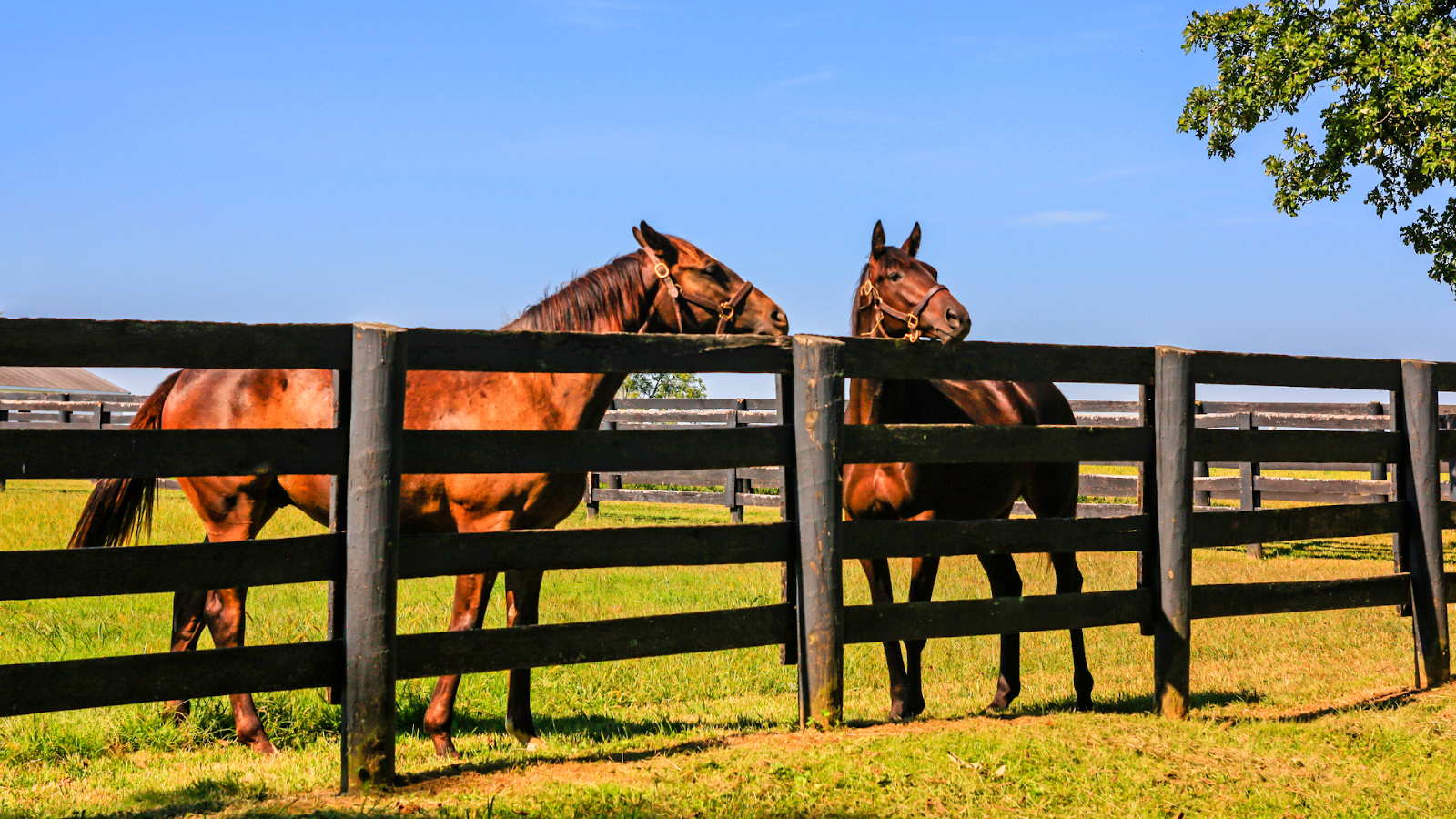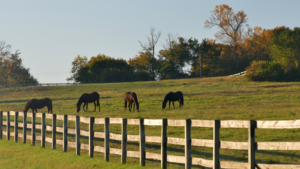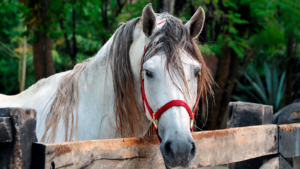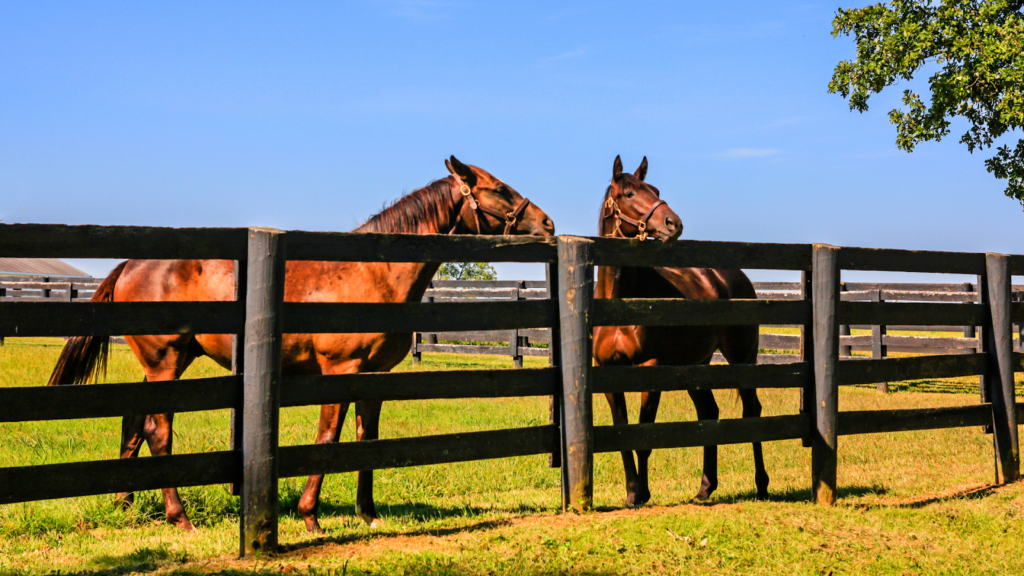
A picturesque wooden horse fence isn’t just a boundary, it’s a statement. It speaks volumes about a property’s character and the owner’s taste.
So, saddle up and let’s embark on this journey of discovery together.
Wood Horse Fence Designs
In comprehensive exploration of wood horse fence designs, it’s pertinent to take a view of why they’ve gained prominent acceptance, and importantly, what makes them suitable for our equine companions.
The Popularity of Wood Fencing for Horses
Wood fences have consistently been a popular choice for horse owners due to their aesthetic appeal, durability, and practicality. Much of their popularity springs from two factors. Firstly, wood fences provide a traditional, rustic charm to any horse property, earning esteemed preference by many.
Key Features of Wood Fences for Equestrian Use
Full comprehension of horse fencing requires considering few key features of wood horse fences. Three of these features stand prominent:
- Safety: They’ve proven to be a safer option for horses than several other fencing materials. Consider, for example, instances of where a horse accidentally runs into the fence. With wood, the risk of serious injury decreases compared to a metal fence that could lead to severe cuts.
- Versatility: One might find wood completely adaptable to various design preferences and functional needs, from solid privacy fences to airy post-and-rail structures.
- Maintenance: Though they require periodic maintenance like painting or staining to resist weathering, the fact that this activity extends their life expectancy makes their upkeep worth the effort.
Types of Wood Horse Fences

The realm of wood horse fence designs extends to a wide array. This intrinsic variety translates into a plethora of available designs that cater to different needs and preferences of horse owners, creating a versatile tapestry of fencing possibilities. The exploration of three such designs manifests the diversity amongst traditional split rail fences, solid wood privacy fences, and picket-style wooden fences.
Traditional Split Rail Fences
Historically, split rail fences serve as one of the oldest types of wood horse fences. They exhibit crucial features that condense both reliability and aesthetics, making them a prevalent choice among horse owners. Coming from a line of fence designs, for instance, cedar logs split into rails, the characteristic charm of these fences becomes evident.
Solid Wood Privacy Fences
Contrary to the open design of split rail fences, the solid wood privacy fences provide an optimal solution for individuals seeking more seclusion and security. These fences exhibit dense planks of wood, such as redwood or cedar, abutting closely to create a solid wall of wood.
Picket-style Wooden Fences

Synonymous with quintessential suburban homes, picket-style wooden fences reveal a happy medium between the split rail and solid wood designs. They maintain visibility, similar to split rail fences, while offering a degree of seclusion and security, parallel to solid wood fences.
Factors to Consider When Choosing Wood Horse Fence Designs
In deciding on wood horse fence designs, several factors merit attention. These include the safety of your horses, the durability and maintenance needs of the fence, and the aesthetic appeal and environmental footprint of your chosen design.
Safety Considerations for Horses
Safety always takes top priority in fence design. Cater to specific horse behaviors and traits when choosing a design. Ensure the fence’s height is appropriate – typically at least 4.5-5 feet tall – to discourage jumping and escape attempts.
Durability and Maintenance Needs

When considering the durability of your wood fencing, factors such as climate and potential pest threats come into play. Certain wood types like cedar, known for its resistance to rot and insects, proves more durable. Regular maintenance, however, remains crucial regardless of wood type.
Must Know
The choice of wood horse fence designs is a blend of aesthetics, durability, and practicality. They’ve got the looks, they’re sturdy, and they’re practical for your horse’s safety. Yes, they require maintenance but it’s a small price to pay for a fence that not only does its job but also enhances the beauty of your property. The cost is worth it, especially when you think about the long-term value and benefits.
